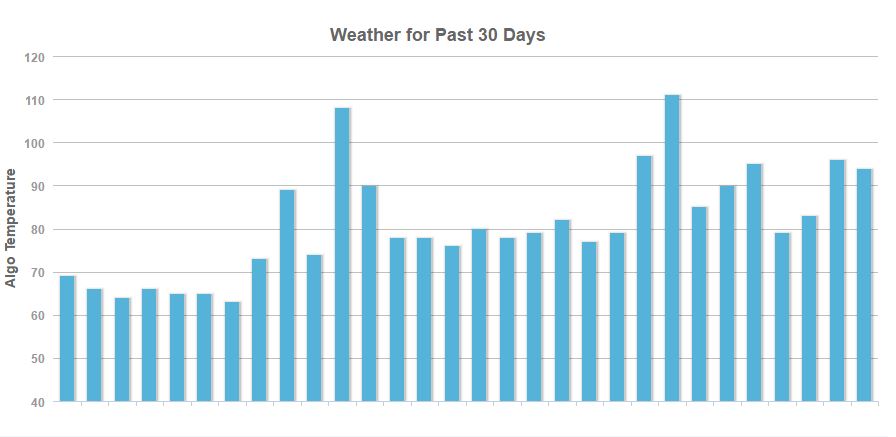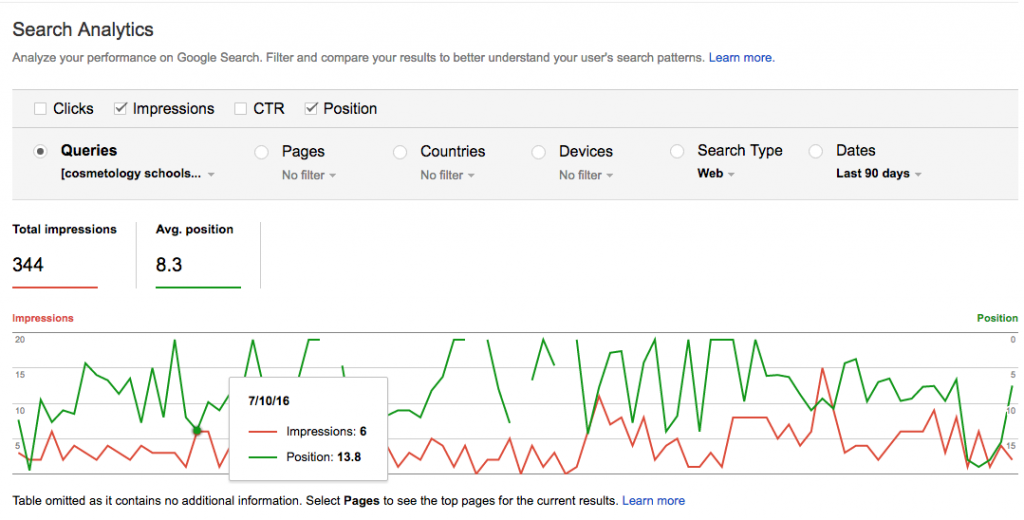Google Possum Local SEO Ranking Update

What is the Google “Possum” Local Ranking Update?
Welcome to another Oozle Update, today we’re covering Local Rankings and the mysterious “Possum Update”. To be clear there hasn’t been any official word from Google about local rankings although they did announce today that Penguin 4.0 went live mid September. Regardless, there has been a lot of local ranking fluctuation as noted by several algorithm monitoring websites.
This screenshot is from Algoroo.com. The green represents a typical amount of ranking fluctuation, while yellow and red are abnormal to severe amounts or ranking fluctuation. Clearly starting in September rankings began to fluctuate a lot. This indicates that Google is rolling out some sort of algorithmic update. Likely a result of the new Penguin update but usually Google doesn’t just test one thing, but rather to maintain more ambiguity it appears they are releasing something that is affecting local results as well.
Additionally mozcast.com also shows an increase of ranking fluctuations in a “weather” report. The first few bars of the graph are in August, but again around September there is a spike in ranking fluctuations and an overall increase in the level of ranking volatility.
What Happened?
So this leads us to what exactly happened? Many business owners think that their local Google My Business page has disappeared entirely. What is actually happening is a filtering process in which Google attempts to diversify and customize the local results per the user query. Your local business will “pop” in and and out of the map pack and in the organic results based off of several factors. Actual, literal physical proximity is a major factor here as well as the searcher query. Google is taking into account the actual address and affiliation of your business relative to the searcher. There are some cases where businesses just outside of typical city limits are getting a bump up because their mailing address is actually part of the city.
The results page can also vary from query to query based on the user’s previous search history and how broad of a scale the user is looking for. Search Engine Land has a great write up on this point where just by zooming in or out on a certain map point will trigger different filters. It also appears that the local filter is even more independent from the organic filter. This essentially means some businesses will rank higher for local results than organic results and vice versa.
What This Means in Plain English?
Basically what this all boils down to is that Google is more personalized, smarter and focused on user experience than ever. With the recent release of Rank Brain and other changes it has become that much more important to cater to the user query. This also means that rankings are less important than before because they will vary as per the searcher. Google achieves what they believe to be a better user experience through filtering results. It’s important to note that filters and penalties are NOT the same thing. Rather Google is picking what they believe to be the “best” and most relevant and it will often filter out similar results.
We saw this with a particular client of ours that their average number of clicks was fluctuating greatly every day. The blue line represents the number of clicks and the green is average ranking. Notice the spikes on the clicks that are inconsistent with the the average ranking moving up. These atypical results are likely the result of their brand “popping” in and out of the map pack.
In the screenshot below you can see that a client of ours that compares impressions vs positions for the search term that included the name of the state, but not the city. Normally these lines run pretty close to each other but here there isn’t any consistency. We suspect again that this is a result of personalization of search queries and that filtering process. This would also explain the erratic average ranking. The theory is on a keyword that includes a state, but not specific city, Google is filtering results based on what businesses are closest to the searcher. Depending on which end of the state the search is coming from, our client either ranks in the top position or just off the first page.
Why We Think it’s Important?
We think this update is important to consider from a couple of standpoints. First off from any business’ perspective it can be worrisome that your rankings could be on the move again, potentially in the wrong direction. But we know from past history that Google is moving towards creating a dynamic, personalized searching experience. For you as a business owner this means getting your business in front of quality leads, people who actually care and want to find your business. Google is often the connection between user and business. So as they optimize for user experience the businesses that adapt for greater customer experience will thrive.
From an SEO perspective this change represents opportunity. There is opportunity to rank higher than expected in front of the most qualified traffic. Some aspects are out of any business’ control (user proximity comes to mind here) but others such as enhancing customer experience approaching SEO with a broader perspective will help. Additionally it means that SEO needs to be judged on a different scale. Rankings are less meaningful than ever before because they are more personalized on a per searcher basis. What becomes more important is traffic, leads and conversions.
What You Can Do About It?
Here are a few things that we think every business should be doing to take advantage of the ever changing digital realm.
- Use microdata such as JSON or Schema to markup your website so that Google can make your results stand out from among the crowd.
- Double check your listings on Google My Business that they are well optimized.
- Focus your efforts into a holistic marketing approach. We believe that if you aren’t attacking social media and other versions of brand marketing to supplement your SEO you are missing out on huge potential for both areas.
- Branded keywords will always convert at a higher rate than any other form of keyword. Build up your brand using as many relevant channels as possible.
- Write content and use social media in a way that offers a better user experience than any of your competitors.
Wrap Up
Every search engine wants to bring their users the “best” and most relevant result to each search. Google’s focus on the local results are a reflection of the movement towards personalized user experience. Your goal as a business should be to provide the user, who can find you through a search engine, the best experience possible. Google turns into a middle man that tries to find the best possible answer to every user query. Your goal is to be that answer.
Let Oozle Media help you to be the best possible answer to your target audience’s queries. Our holistic method will help you generate leads and bottom line bring in more money to you.





